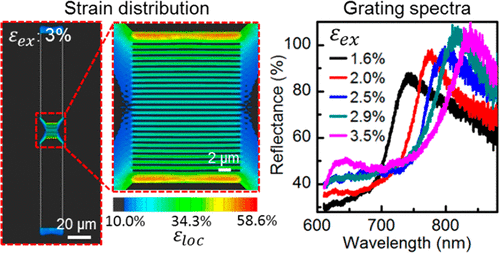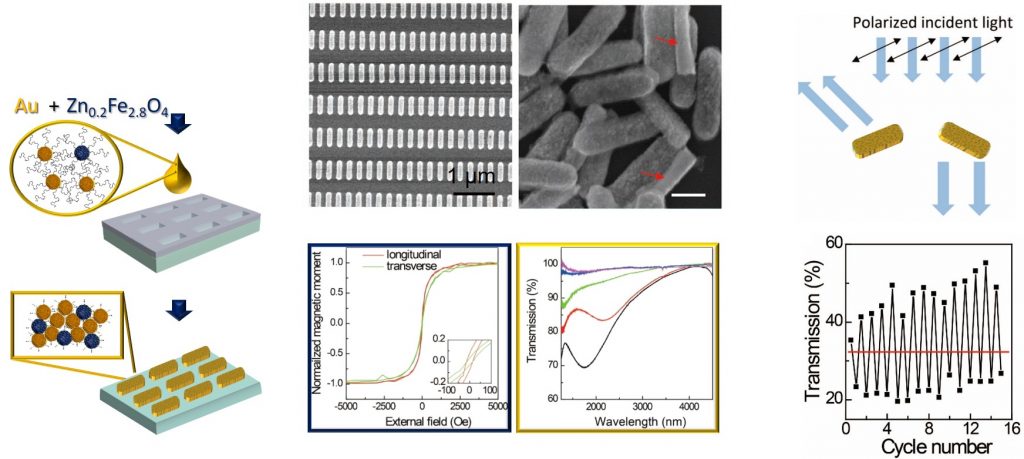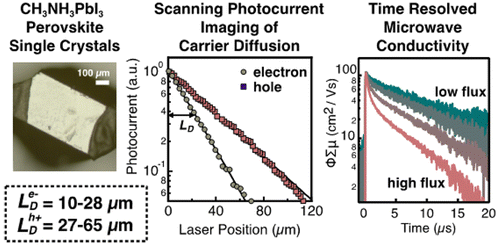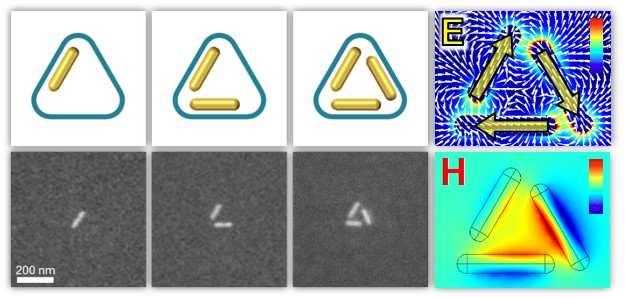Cherie R Kagan Research Group
The Kagan group’s research is focused on studying the chemical and physical properties of nanostructured materials and in integrating materials with optical, electrical, magnetic, mechanical, and thermal properties for (multi-)functional devices. We combine the flexibility of chemistry and bottom-up assembly with top-down fabrication techniques to design materials and devices. We explore the properties of materials and measure the characteristics of devices using spatially- and temporally-resolved optical spectroscopies, AC and DC electrical techniques, electrochemistry, scanning probe and electron microscopies, and analytical measurements.
Announcements
- Congratulations to Jonah on Winning Best Poster in IMOD!
 Jonah presented a poster of his work on improving device properties by a controllable atomic layer deposition process at the 2025 IMOD Annual Meeting in Seattle, WA.
Jonah presented a poster of his work on improving device properties by a controllable atomic layer deposition process at the 2025 IMOD Annual Meeting in Seattle, WA. - Congratulations to Akhila for being awarded a grant by the Kleinman Center for Energy Policy!
 The Kleinman Center for Energy Policy awards grants to support research in energy and climate research. Akhila won a grant for her proposal on Optical Leaf Sensors for her work in IoT4Ag. (More information here)
The Kleinman Center for Energy Policy awards grants to support research in energy and climate research. Akhila won a grant for her proposal on Optical Leaf Sensors for her work in IoT4Ag. (More information here) - Congratulations to Gary for receiving the 2025 Award for Excellence in Chemistry Graduate Research!
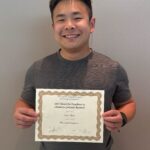 Every year, the Chemistry Department at Penn highlights four individuals who excelled in chemistry research. Gary is being recognized for excellent chemistry research in the Physical Chemistry division.
Every year, the Chemistry Department at Penn highlights four individuals who excelled in chemistry research. Gary is being recognized for excellent chemistry research in the Physical Chemistry division. - Congratulations, Chavez!
 Congratulations to Chavez on defending his PhD thesis!
Congratulations to Chavez on defending his PhD thesis! - Congratulations, Shobhita!
 Congratulations to Shobhita on defending her PhD thesis!
Congratulations to Shobhita on defending her PhD thesis!
Research Highlights

Composite Chitosan-TiO2 Nanocrystal Optical Metasurfaces for Humidity Sensing in the Visible Spectrum Journal Article
In: ACS Applied Nano Materials, 2025.
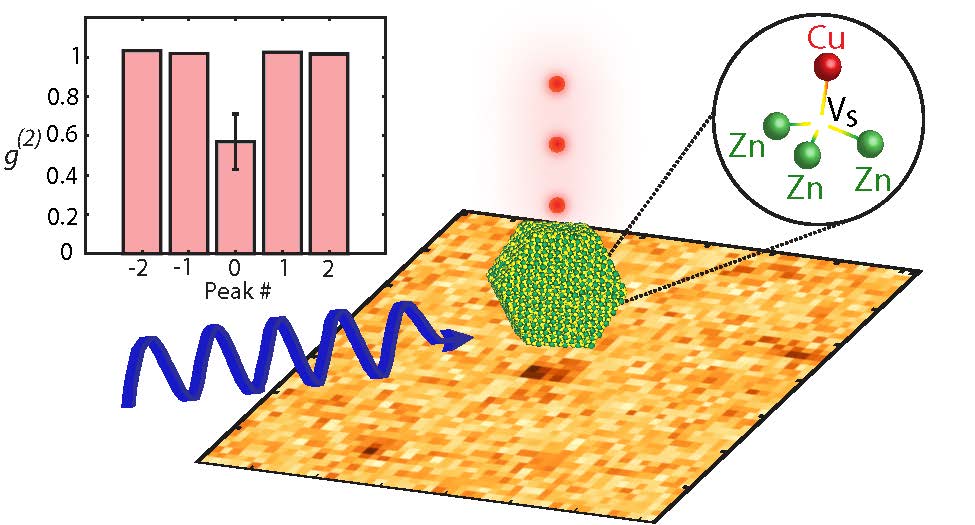
Room-temperature quantum emission from CuZn-VS defects in ZnS:Cu colloidal nanocrystals Journal Article
In: ACS Nano, 2025.
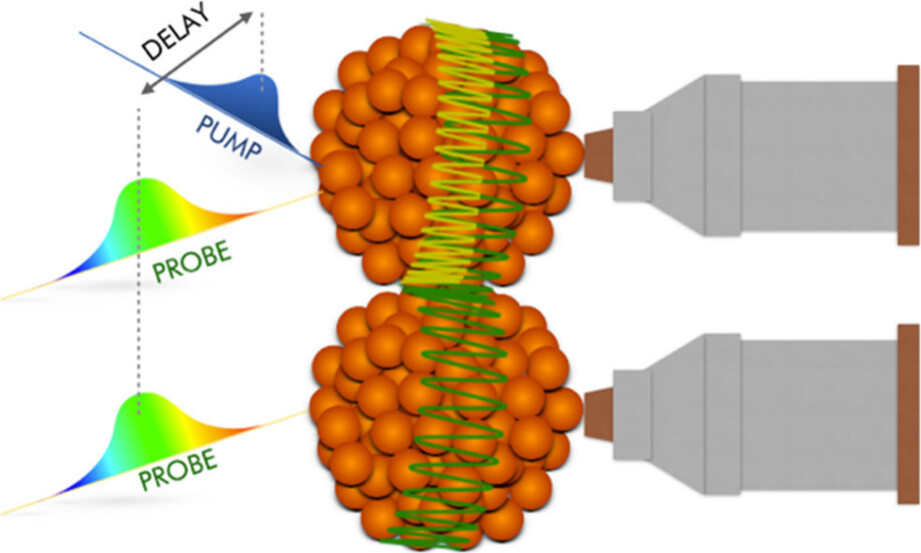
Ultrafast Switching of Whispering Gallery Modes in Quantum Dot Superparticles Journal Article
In: Nano Letters, 2025.
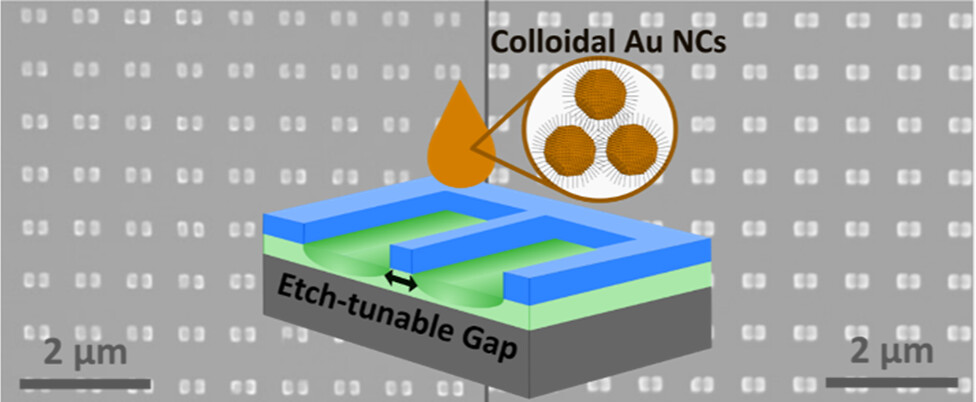
Large-Area, Narrow-Gap Plasmonic Nanodimer Metasurfaces Exploiting Colloidal Nanocrystals: Promising Platforms for Refractive Index Sensing Journal Article
In: ACS Applied Nano Materials, 2025.
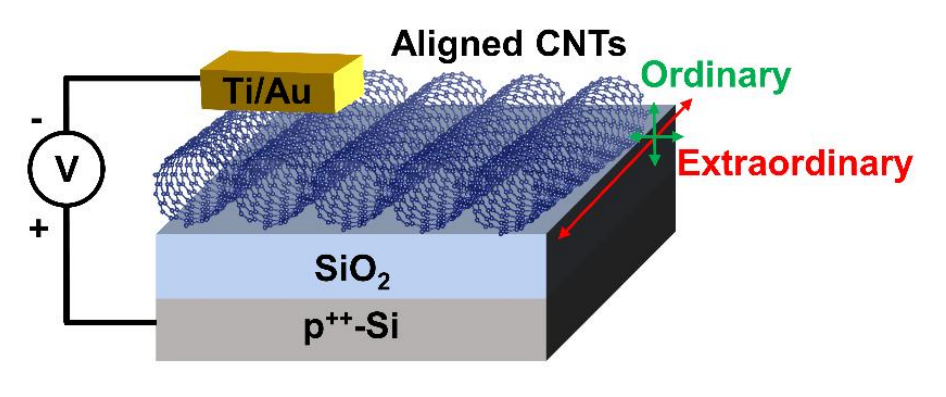
Gate-Tunable Optical Anisotropy in Wafer-Scale, Aligned Carbon Nanotube Films Journal Article
In: Nature Photonics, 2024.







